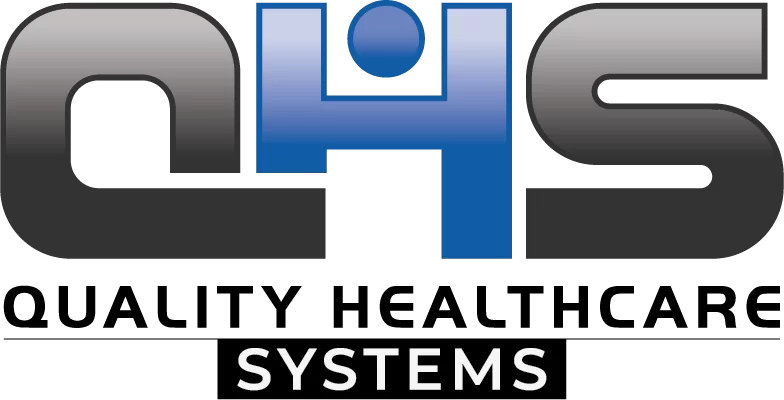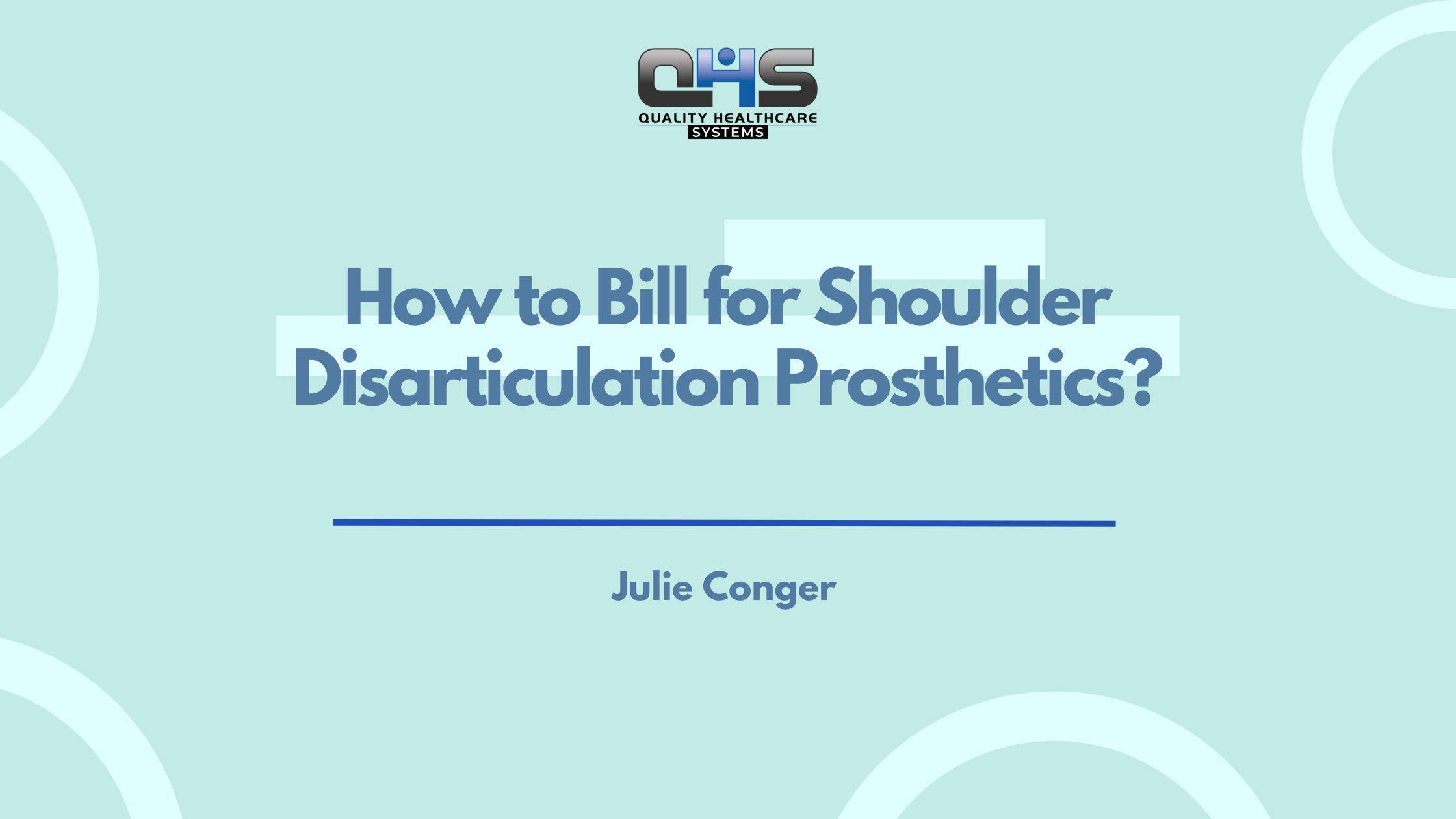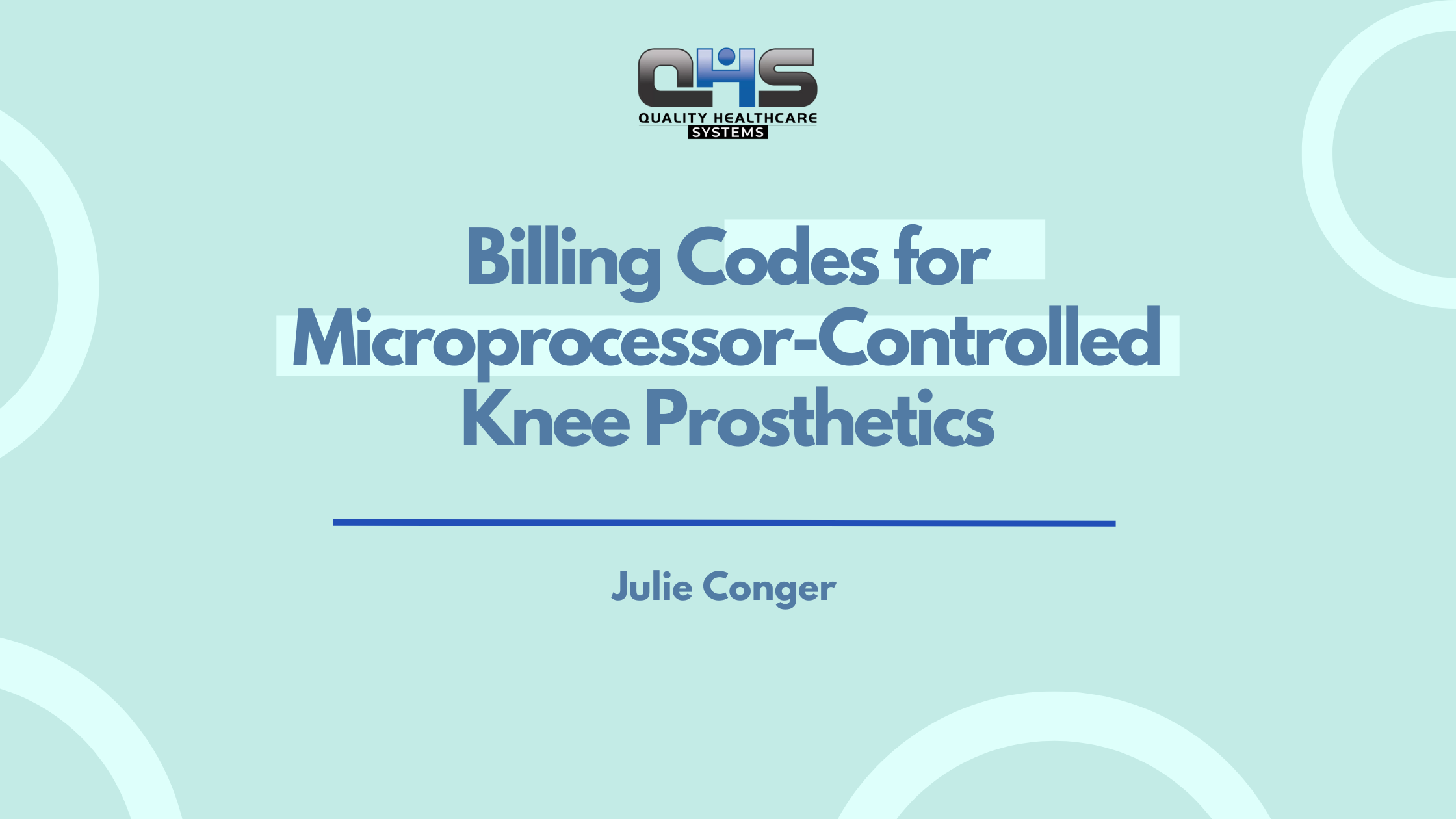Billing for a myoelectric arm prosthesis is high-stakes. These advanced devices can cost anywhere between $20,000 and $100,000+ per limb, depending on technology and customization . Yet, nearly 1 in 4 DME claims for prosthetics are denied due to documentation errors or missing records, according to a 2022 CMS audit.
Whether you’re billing Medicare, Medicaid, or private payers like Aetna or BCBS, even one incomplete form or absent justification can lead to claim denials, months of reimbursement delays, or audits.
This guide walks prosthetists, DME suppliers, and billing professionals through a clear, professional, step-by-step checklist of the documents required to successfully bill for a myoelectric arm prosthetic. Get paid faster, avoid delays, and protect your revenue—starting now.
Understanding Insurance Reimbursement for Myoelectric Prosthetics
General Documentation Required for Myoelectric Prosthetics Reimbursement
Physician’s Prescription or Referral
The prescription is your first layer of validation and must clearly state the patient’s diagnosis, limb loss level, and the medical need for a myoelectric prosthetic. It should reference specific HCPCS L-codes and come from a licensed physician who has evaluated the patient.
Detailed Written Order (DWO)
A DWO includes the item description (e.g., “myoelectric-controlled prosthetic arm”), quantity, frequency, duration, and the physician’s NPI and signature. This document is essential to align medical necessity with the supply order and should match other clinical notes.
Proof of Medical Necessity
This should include a summary of the patient’s functional limitations, goals, prior prosthesis usage, and why a myoelectric solution is the most appropriate choice. It should directly support the physician’s prescription and include references to EMG test results if available.
Clinical Documentation Requirements
Prosthetist’s Evaluation
The prosthetist must submit a full assessment that covers limb condition, EMG test outcomes, device fitting expectations, and the patient’s ability to control a myoelectric device. This is often the most detailed document insurers review.
Occupational/Physical Therapy Notes
Therapists must confirm that the patient can learn to use and benefit from a myoelectric arm. Notes should discuss training sessions, cognitive ability, and the patient’s progress. Many insurers reject claims when this documentation is missing.
Supporting Evidence That Strengthens the Claim
Photos or Videos of Residual Limb
Photos help document the limb’s condition and support the selection of a myoelectric over body-powered prosthesis. They are especially useful for pre-authorizations and appeal cases.
Prior Authorization Forms
While Medicare typically doesn’t require prior authorization, many private insurers and state Medicaid programs do. This form should cite medical necessity, include all supporting clinical notes, and be submitted before device delivery.
Related Posts:
- Medical Billing for Artificial Limbs
- Medical Billing for Orthopedic Support
- Medical Billing for Hemipelvectomy Prosthetic
- Medical Billing for Spinal Orthoses
- Prosthetic Billing for Lower Limbs
Insurance-Specific Requirements for Reimbursement
Medicare Guidelines for Myoelectric Arms
Medicare requires that the prosthesis be used in place of a missing upper limb and that the patient has the capability to use it functionally. Refer to LCD policy L33787 and include a face-to-face encounter note.
Medicaid and State Variations
Each state has its own requirements. For example, some Medicaid programs demand a second physician’s evaluation or state-specific authorization forms. Always verify documentation checklists with the relevant Medicaid office.
Private Payer Requirements
Aetna, UnitedHealthcare, and other private insurers may have unique forms, prior authorization steps, or justification thresholds. Always use their provider portals to download the latest requirements and cross-verify with your standard DWO and therapy notes.
Common Documentation Errors and How to Avoid Them
The most common errors are incomplete prescriptions, lack of justification for choosing myoelectric over mechanical, and therapy notes that don’t match other documents. Ensure all records align in diagnosis, dates, and rationale to prevent denials.
Sample Documentation Checklist for Myoelectric Arm Reimbursement
| Document Type | Required? | Notes |
|---|---|---|
| Physician Prescription | ✅ | Must include diagnosis & myoelectric justification |
| Detailed Written Order | ✅ | Include item codes, duration, physician info |
| Prosthetist’s Evaluation | ✅ | Include EMG test results and fitting notes |
| Therapy Notes | ✅ | OT/PT justification for myoelectric use |
| Prior Authorization Form | ⚠️ | Required by many private payers |
| Photos/Videos | ⚠️ | Strengthen claim, useful in appeals |
| Patient History | ✅ | Functional limitations and medical background |
Billing Guidelines and Coding for Myoelectric Arm Prosthetics
When billing for myoelectric arm prosthetics, accurate documentation and code selection are essential for reimbursement. Payers evaluate both the medical necessity and cost-effectiveness of the prosthesis, typically authorizing the least costly medically appropriate device if multiple options meet the patient’s rehabilitation goals.
Key Billing Considerations
-
Medical Necessity & Functionality: Myoelectric prostheses must be justified based on current functional status and rehabilitation potential. Documentation should clearly establish that a microprocessor or myoelectric-controlled device is necessary over simpler alternatives.
-
Least Costly Alternative: If more than one prosthetic limb type meets the patient’s functional goals, insurers often approve the least expensive suitable option.
-
Bundled Components: HCPCS code L9900 is never reimbursed separately—it is always considered bundled, even when billed independently.
-
Inclusive Code Restrictions: L6880, the primary code for electric hands with independently articulating digits, is all-inclusive. Additional component codes (e.g., batteries, electrodes) are not reimbursed separately when billed with L6880.
HCPCS Codes Commonly Used for Myoelectric Upper Limb Prosthetics
| Code | Description |
|---|---|
| L6880 | Electric hand, switch or myoelectric controlled, independently articulating digits, any grasp pattern(s); includes motor(s) – All-Inclusive |
| L6881 | Addition: automatic grasp feature for upper limb electric terminal device |
| L6882 | Addition: microprocessor control feature for upper limb terminal device |
| L6700 | Myoelectronic control module with pattern recognition (additional EMG inputs) |
| L6925-L6975 | Myoelectric prostheses by amputation level – from wrist disarticulation to interscapular-thoracic, including sockets, electrodes, batteries, chargers |
| L7007–L7045 | Electric hands and hooks (adult and pediatric), switch or myoelectric controlled |
| L7180–L7191 | Microprocessor-controlled elbows (adult, child, adolescent) |
| L6026 | Transcarpal or partial hand prosthesis with myoelectric control; excludes terminal device |
| L7400–L7403 | Additions to upper extremity prostheses using ultralight or acrylic materials |
| L7368 | Replacement lithium-ion battery charger |
| L8465 | Upper limb prosthetic shrinker |
Important Coding Policies and Edits
-
No CPT Codes Apply: Myoelectric prostheses are billed exclusively with HCPCS codes.
-
NCCI & MUE Compliance: Claims must follow National Correct Coding Initiative (NCCI) edits and Medically Unlikely Edits (MUEs) as published by CMS. These prevent overbilling and incompatible code combinations.
-
Unlisted Codes: If using an unlisted HCPCS code (e.g., for novel components), prior authorization is strongly recommended. Unlisted codes are manually reviewed for medical necessity, proper coding, and pricing.
-
No Add-Ons with L6880: Since L6880 is a global, all-inclusive code, additional codes for components such as electrodes, chargers, or gloves will be denied if billed together.
Documentation Tips to Support Coding
-
Include prosthetist notes detailing why a myoelectric prosthesis is clinically necessary.
-
Provide functional evaluation results to justify motorized control (e.g., patient cannot use body-powered options).
-
Attach a physician-signed prescription indicating specific features needed (e.g., pattern recognition, articulating digits).
-
Include a prosthetic rehabilitation plan showing long-term benefit and expected outcomes.
-
Maintain photographs or digital scans of sockets, terminal devices, and fittings when applicable.
Frequently Asked Questions
What is considered medical necessity for a myoelectric prosthesis?
Medical necessity is based on the patient’s functional loss and how a myoelectric device uniquely restores specific tasks like grasping or rotation that body-powered devices cannot.
How do I submit documentation for Medicare reimbursement?
All documents, including the DWO, physician’s notes, and therapy assessments, must be submitted via your DME MAC portal with matching patient data and HCPCS codes.
Can a prosthetist’s letter alone justify reimbursement?
No. While crucial, a prosthetist’s letter must align with a physician’s prescription and therapy documentation to support reimbursement.
Is pre-authorization always needed for private insurers?
Not always, but often. Check the provider portal of each insurer. It’s best to assume pre-auth is needed unless clearly stated otherwise.
What L-Codes are used for myoelectric prosthetics billing?
Common codes include L8701 (single prosthetic) and L8702 (multi-function), plus components like L6625, L6920, and L6880. Ensure coding matches documentation.






